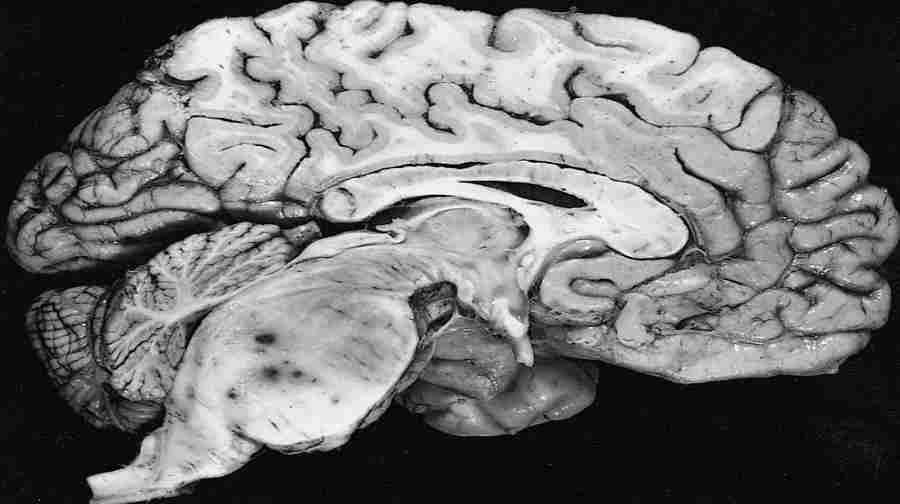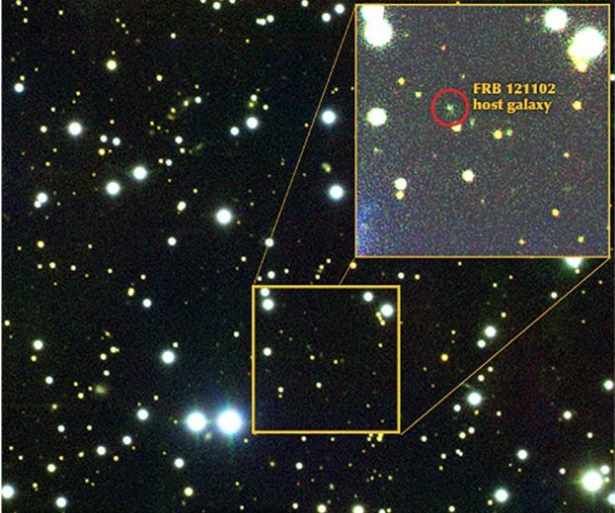A way to quickly identify bacteria in infections
When a patient arrives at the hospital with an advanced bacterial infection, for example. Sepsis patient, time becomes crucial. Identification of bacteria is key. The sooner the species of the intruder ravaging the body can be determined, the greater the chance for effective therapy. Meanwhile, commonly used analytical methods still require the multiplication of bacteria (which often takes even a few days) or specialized equipment, available in few laboratories.
Scientists from the Institute of Physical Chemistry of the Polish Academy of Sciences in Warsaw argue that the identification of bacteria can be carried out in almost any hospital analytical laboratory, and the waiting time for the result skrót have to minute. In the procedure of researchers from the Institute of Physical Chemistry of the Polish Academy of Sciences in Warsaw headedów role is played by novel bioconjugates: luminescent, magnetic microparticles coated with appropriately selected bacteriophages. The research was published in a scientific journal „Bioconjugate Chemistry”.
Researchers have deliberately given up patenting their solutions so that each hospital móhead to take advantage of the solution as quickly and cheaply as possible. The solution was announced by representatives of the IPC PAS in a message sent to PAP.
Faster, better, cheaper
Before starting work on the new analytical technique, researchers from the IPC PAS assumed that it should allow the identification of bacteria significantly faster than existing methods and be easy to implement in a large number of hospital laboratoriesóIn most cases, without compromising the accuracy of measurementów. An additional requirement was to ensure low cost of analysis.
– Faster, better, cheaper – We succeeded in achieving all these goals – mówi Dr. Jan Paczesny of the IPC PAS, whoóry headed a research project funded by a grantóat the National Science Center.
The detection device in the new technique for identifying bacteria is a flow cytometer. This is a fairly simple and relatively inexpensive apparatus, found on the equipment of many hospitals. It is commonly used in blood tests.
Wróg bacteria – this is our friend
The basic problem was to develop such a way of determining bacteria that they could be easily caught from the pr under studyóbki and identify with high confidence using a cytometer. For this purpose, researchers at the IPC PAS decided to construct special bioconjugates. These are complexes formed by the association of an inanimate microparticle with a biological particle. The biological element was a bacteriophage, i.e. a virus infecting a specific bacterial species (in the experiments at the IPC PAS a bacteriophage was usedóin T4, attacking Escherichia coli bacteria).
Bacteriophages had to be combined with microparticles capable of emitting light easily recorded in the cytometer and exhibiting magnetic properties. The latter were indispensable, as they allowed us to use a simple magnet to separate the bioconjugates from the other particles in the pr under studyóbce.
– We started by looking for inexpensive, commercially available microparticles to meet our requirements. It turned out that suitable particles are already on the market – and exactly what we wanted to! – Explains Marta Janczuk-Richter, a PhD student in the group of prof. Joanna Niedziółki-Jönsson.
– This is because their surface is covered with just the kind of chemical functional groups we needed to deposit bacteriophages on themóin virtually any type,” she added.
Three-in-one
The researchers combined the purchased microspheres with bacteriophages. Images obtained by confocal microscopy confirmed that in the new bioconjugates two or three bacteriophages usually adhered to one microparticle. In this wayób obtained the world’s first bioconjugates with a potróticular function: attaching only to one species of bacteria, responding to a magnetic field and capable of glowing (fluorescence).
Identification of bacteria using such constructed bioconjugatesów is simple. Próbka – It can be a physiological fluid taken from the patient, but also a food product, such as. carrot juice – is diluted, after which a small amount of previously prepared bioconjugates is added to the solutionów. Now it is necessary to wait krót a moment for the bioconjugates to have time to attach to the bacteria. For probówka with liquid is then applied to the magnet, który attracts all bioconjugates, including those with attached bacteria. After casting the remainder of the próbki and re-dilution of the separated precipitate, the solutionór is passed through the cytometer.
An open path for further work
– Measurement in the cytometer usually takes about a minute. The result is a graph on whichórym we can see how all bioconjugates interact with light. And since we know what signal we should get from pure bioconjugatesów, i.e., those without bacteria, we can easily determine whether there are any bacteria in the tested próbce there are the bacteria we are looking for, and if so, in what number – mówi PhD student Lukasz Richter.
Bioconjugates with bacteriophages of one type detect only one bacterial species. However, due to the ease of preparing bioconjugatesów, interested hospital laboratories could earlier, on their own and without major problemsów, produce a dozen or more generaóIn potentially useful bioconjugateów, each with bacteriophages infecting a different bacterial species.
In the case of sepsis, któThe majority of casesów cause only a dozen or so species ofów bacteria, carrying out the identification would require wóróThe parallel performance of at most a dozen testsów. To an efficient laboratory technician, the whole procedure should not take more than an hour.









